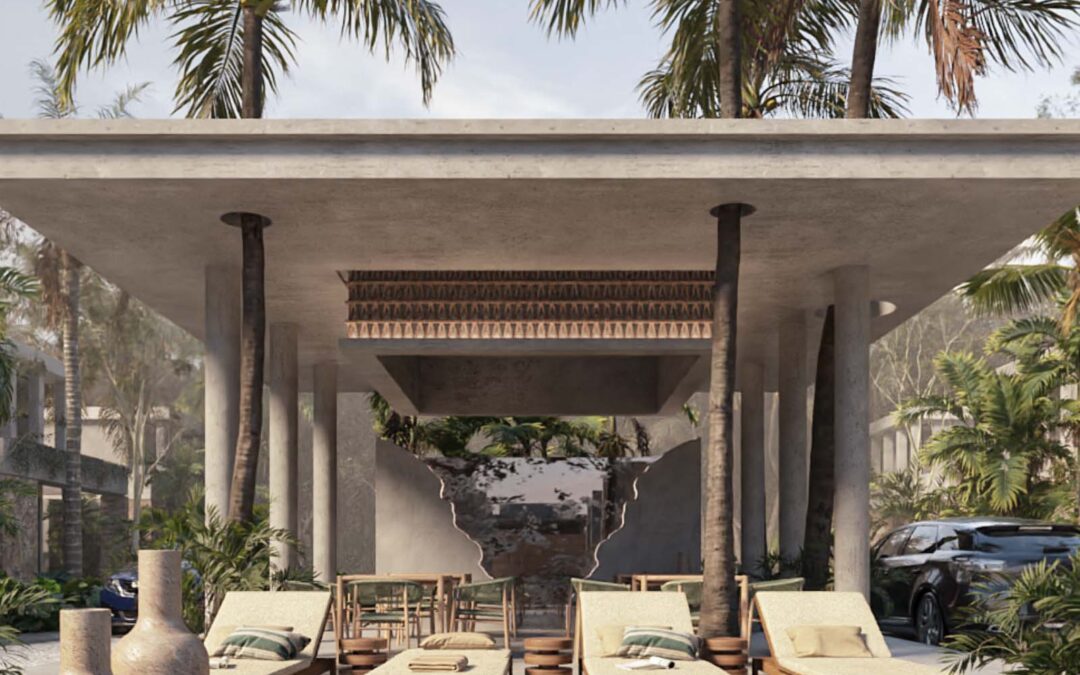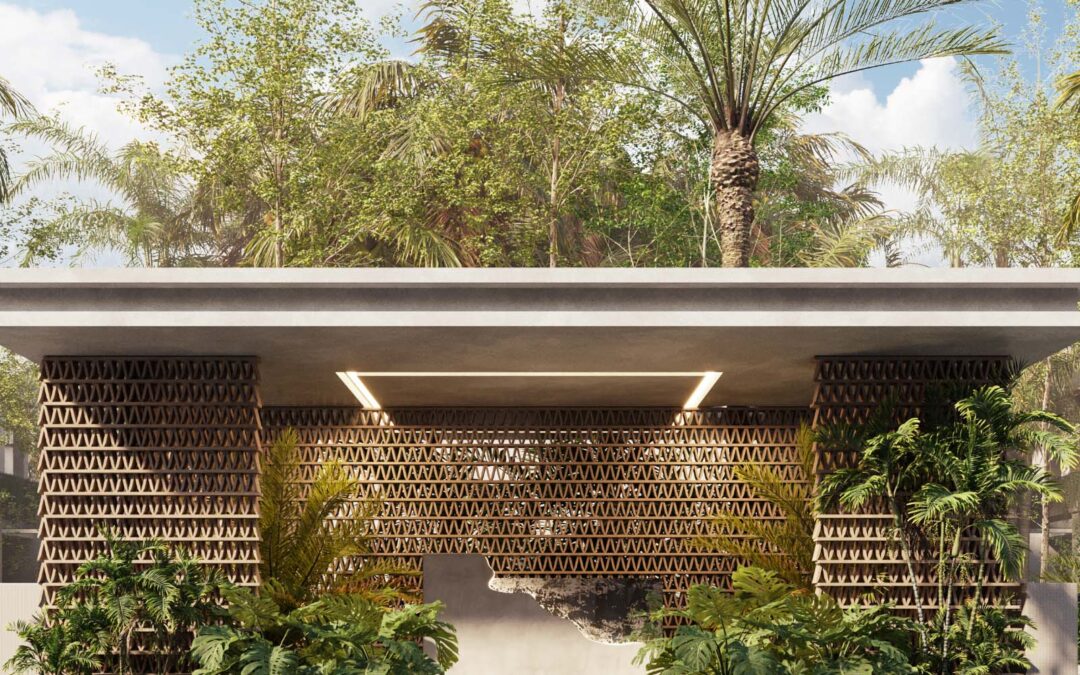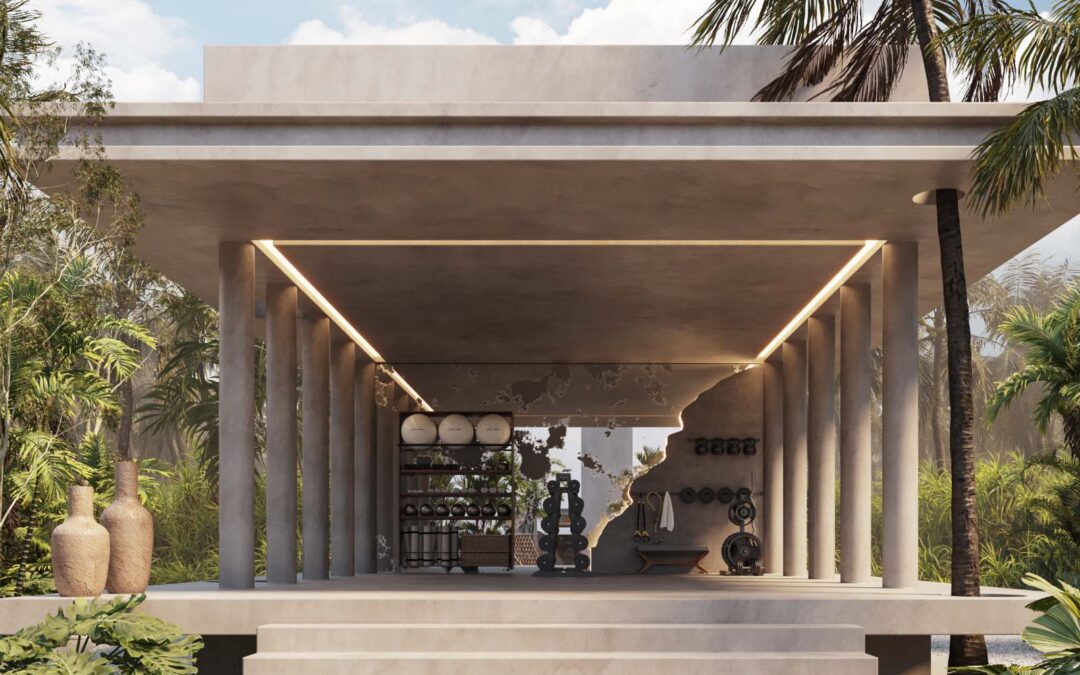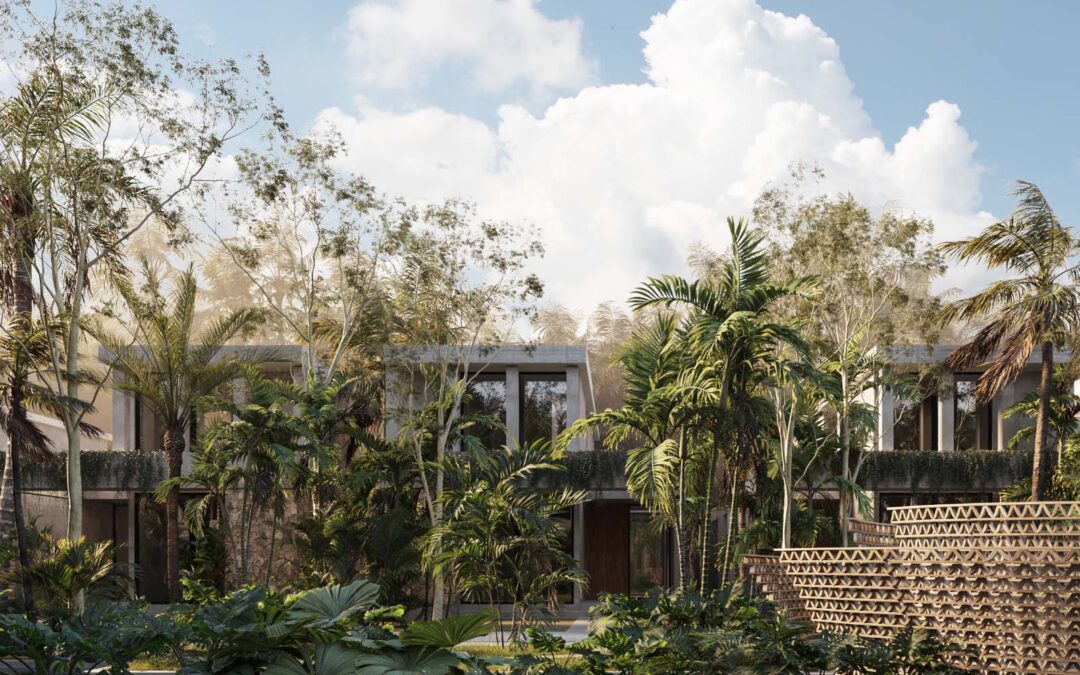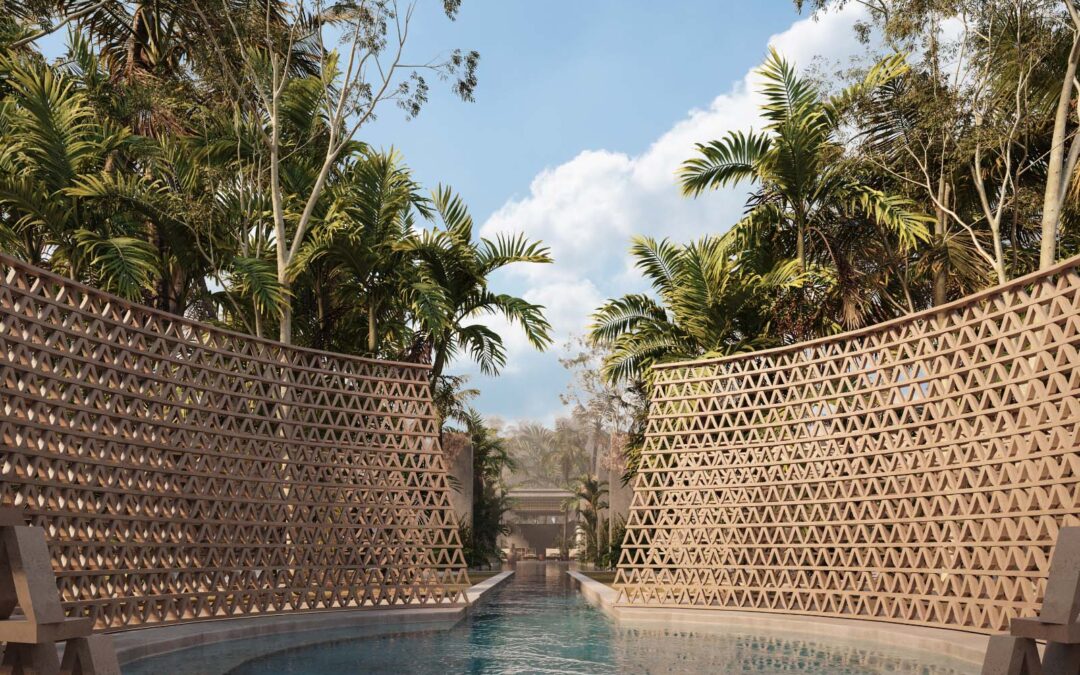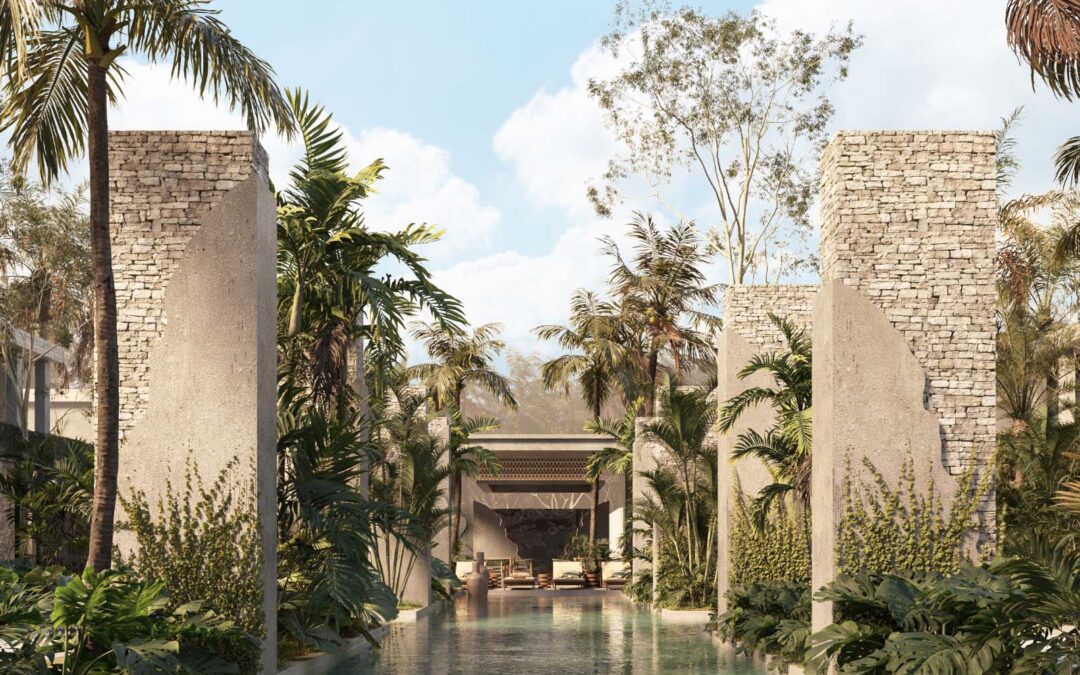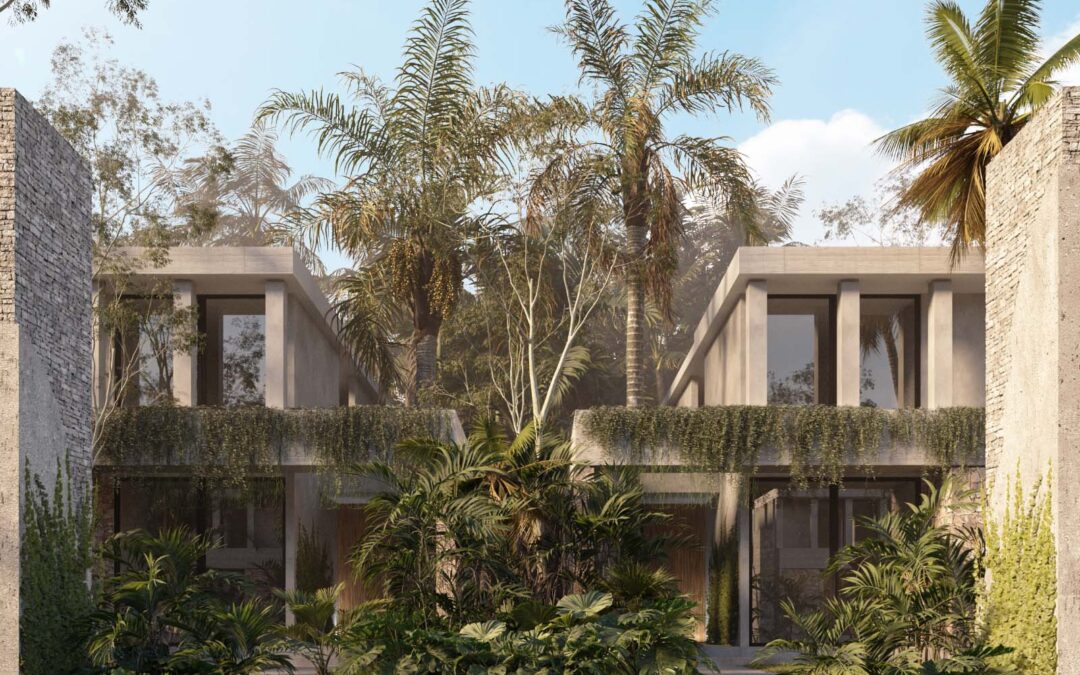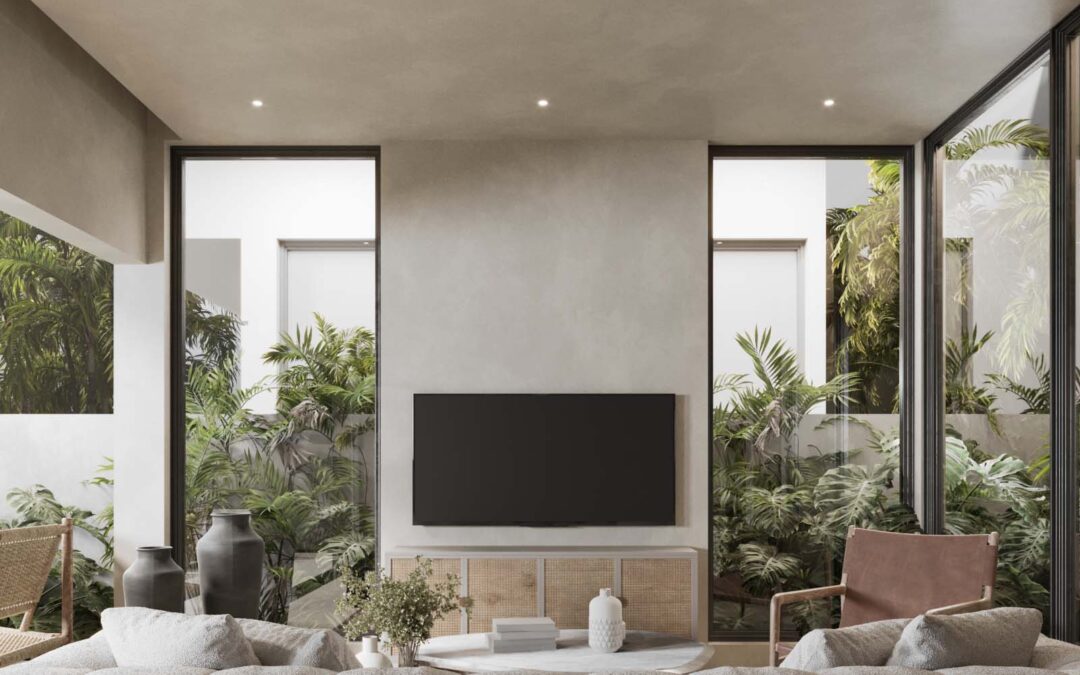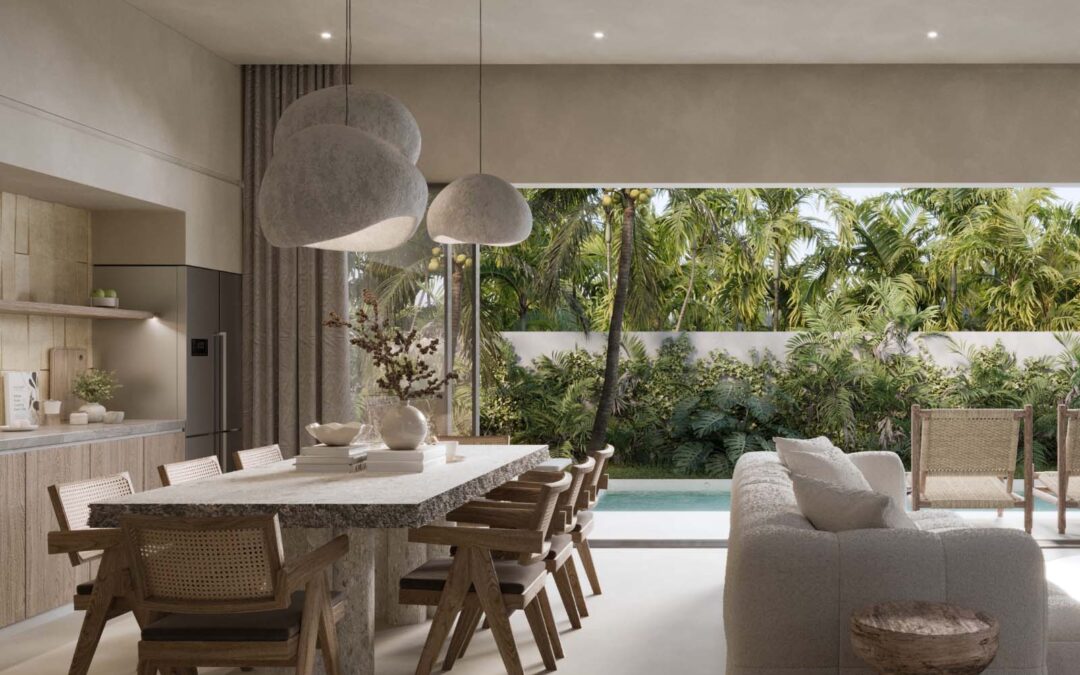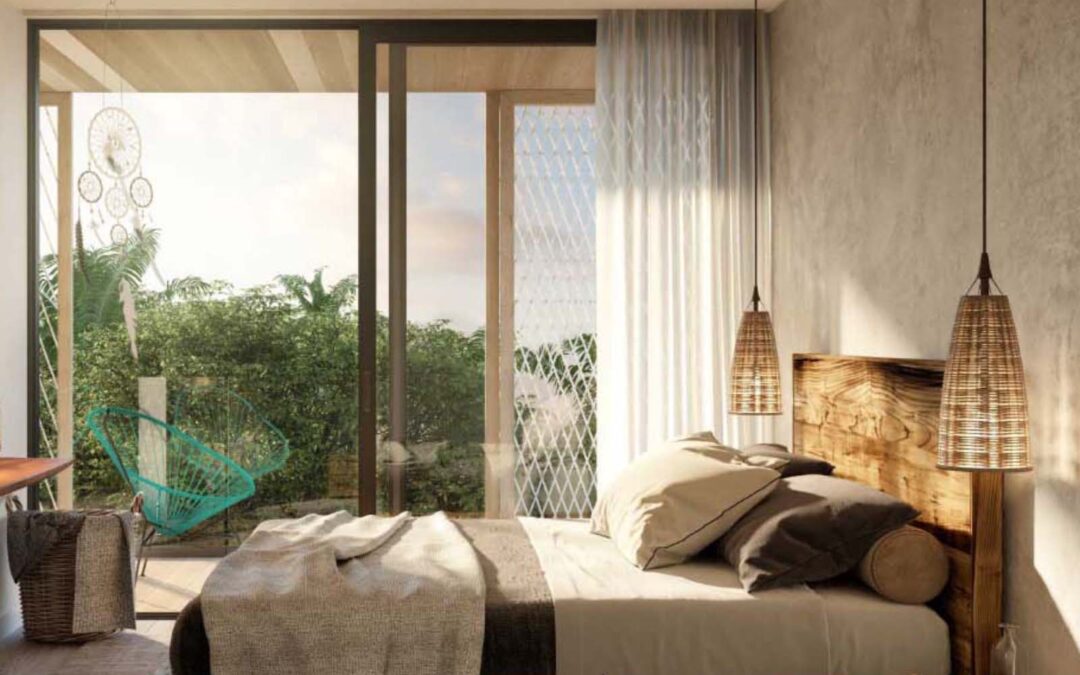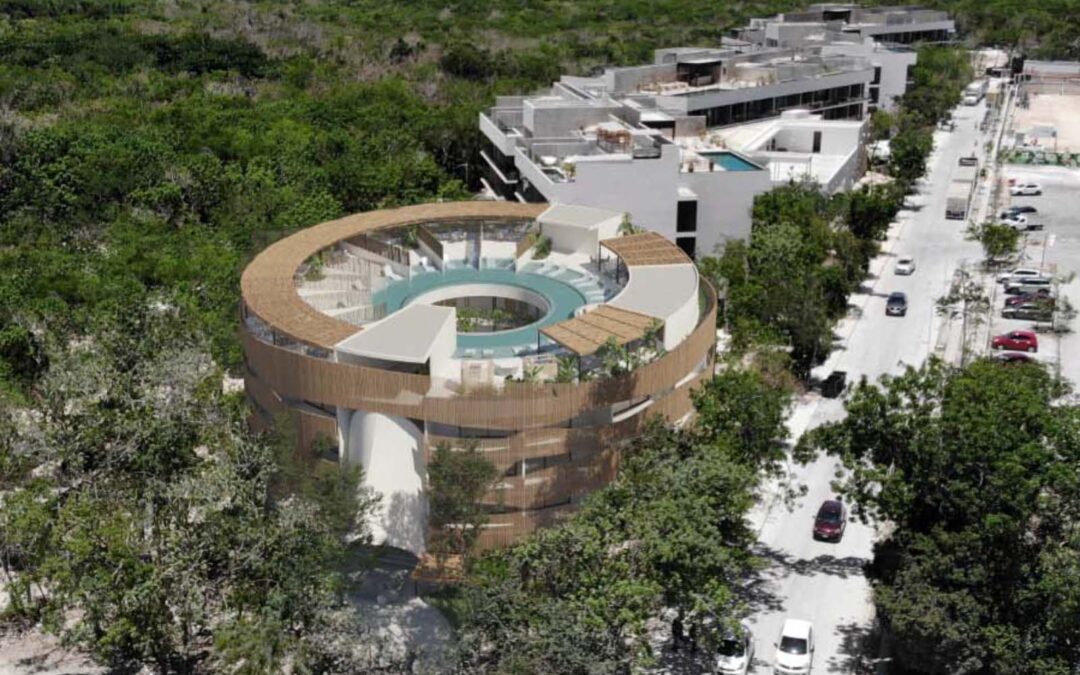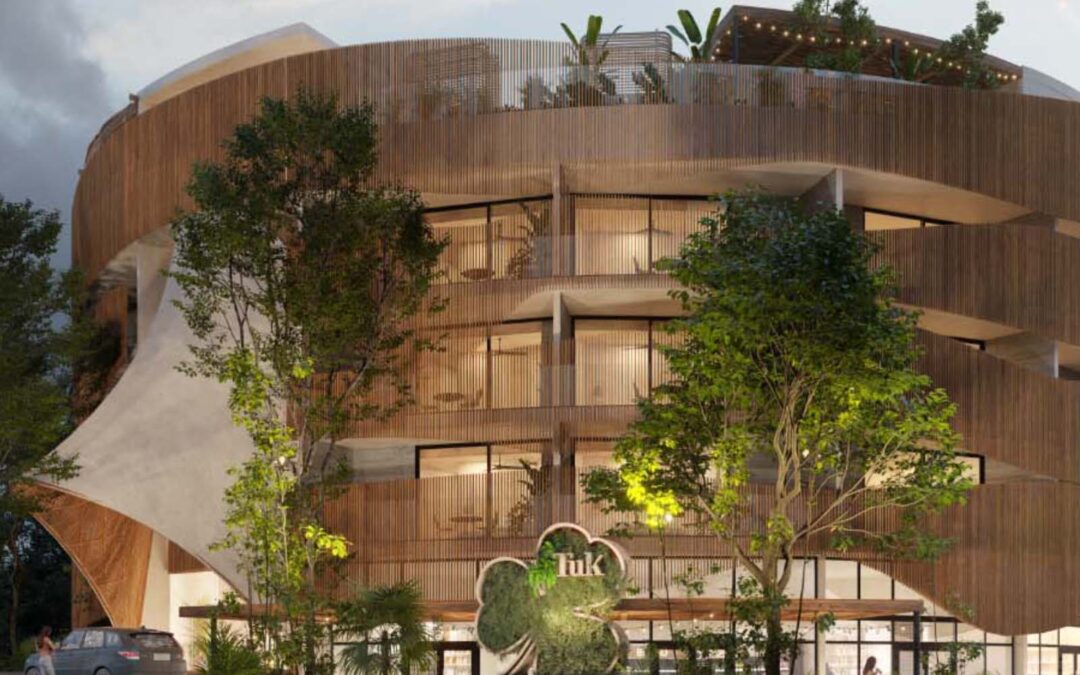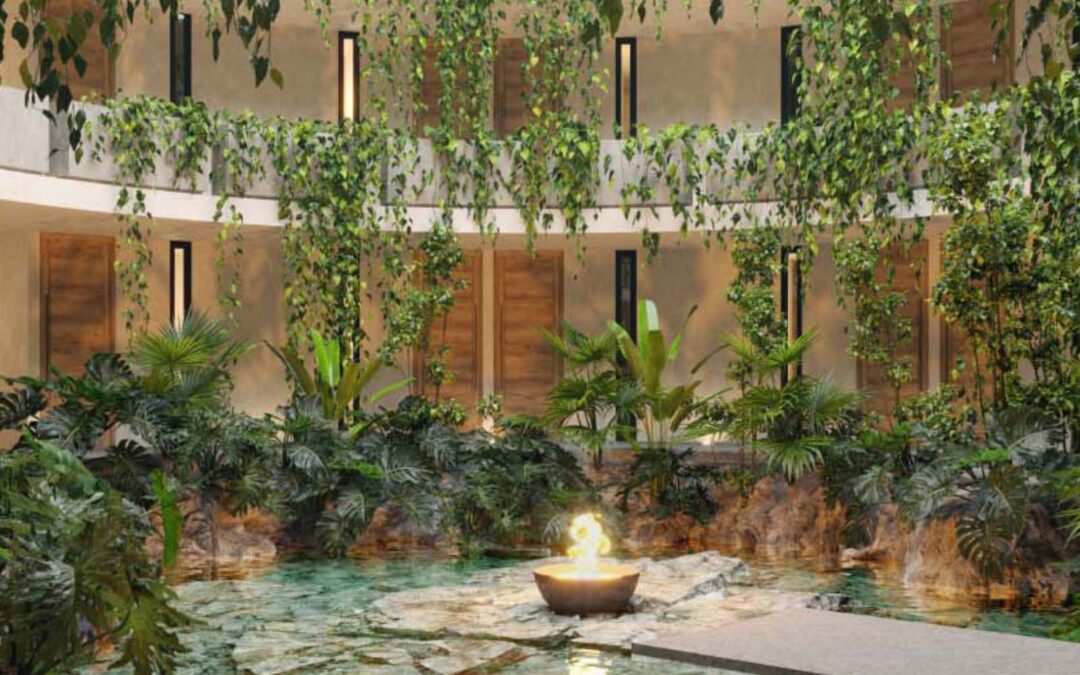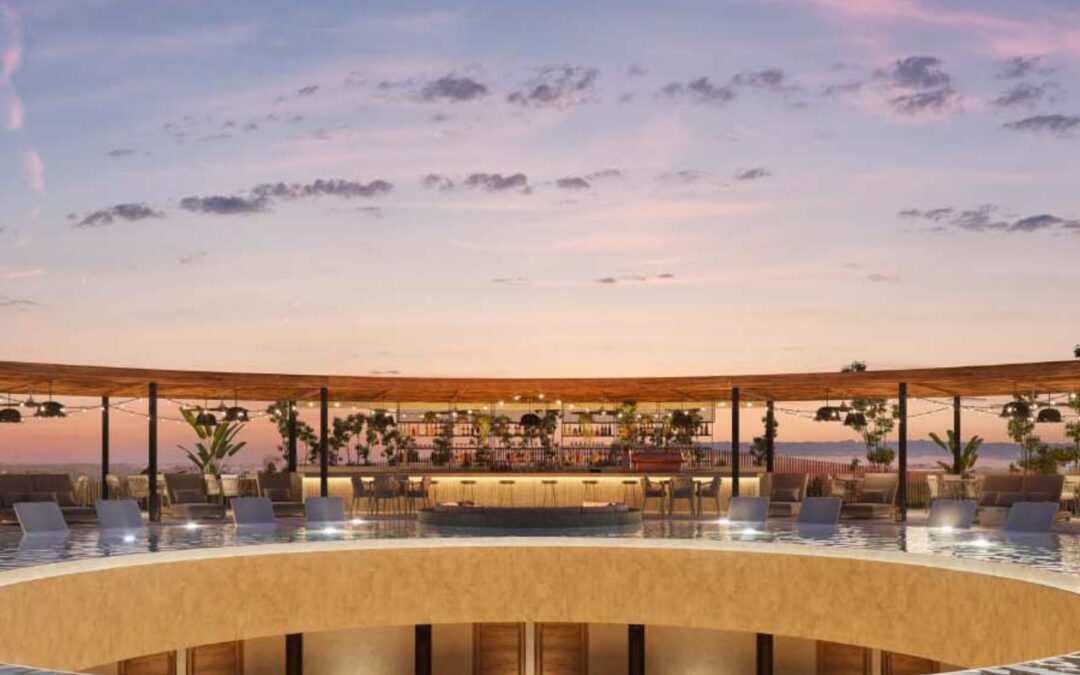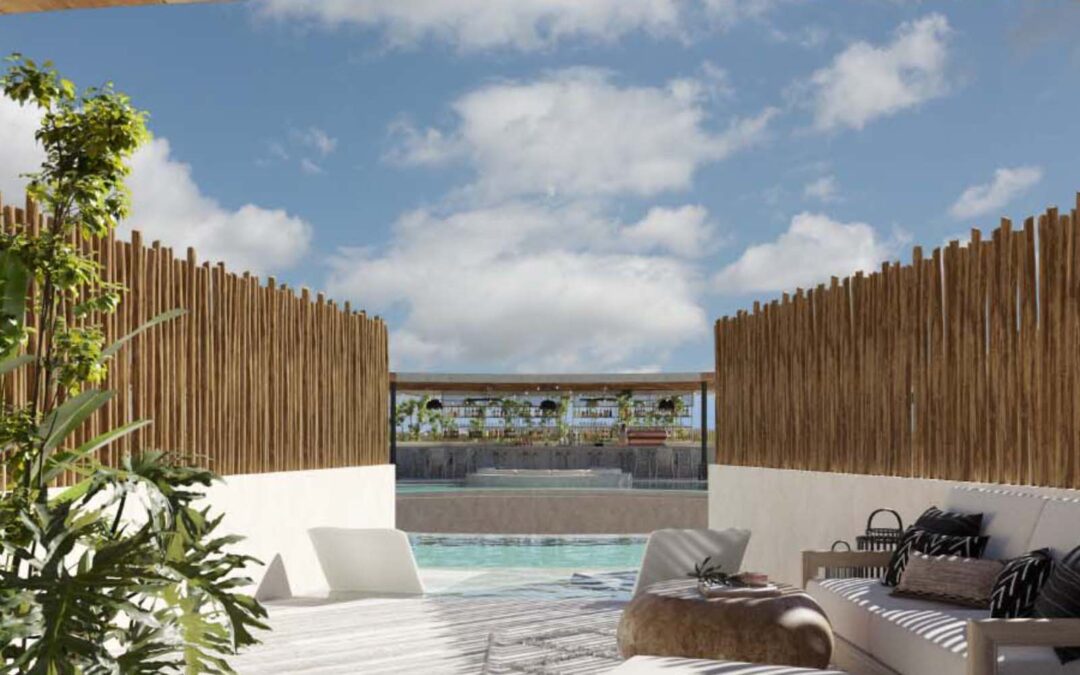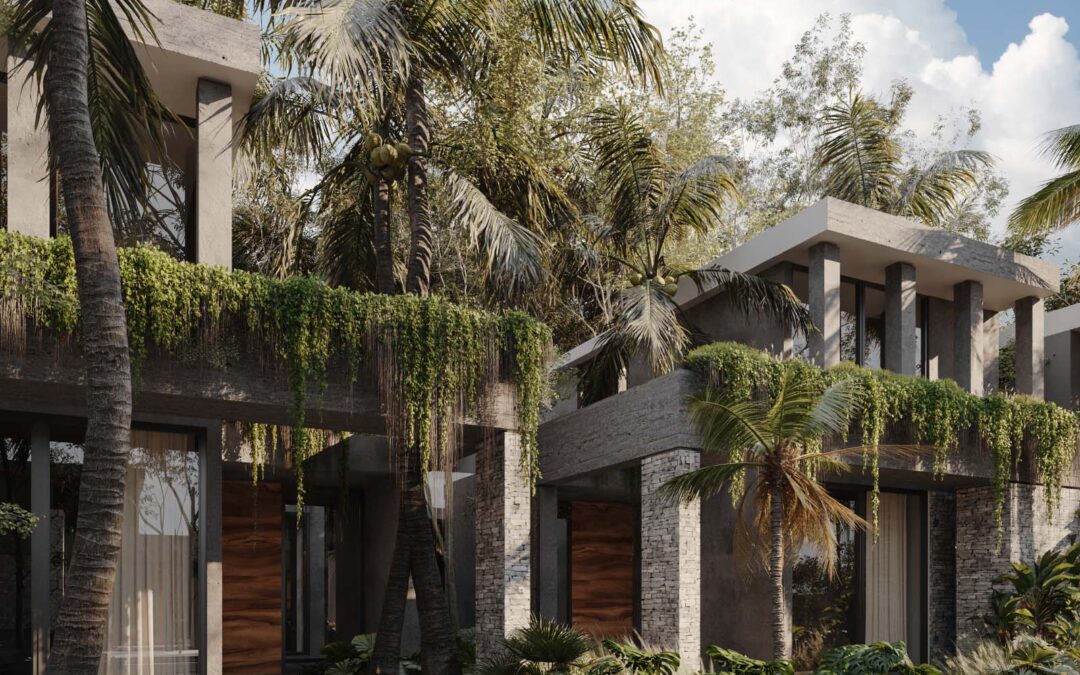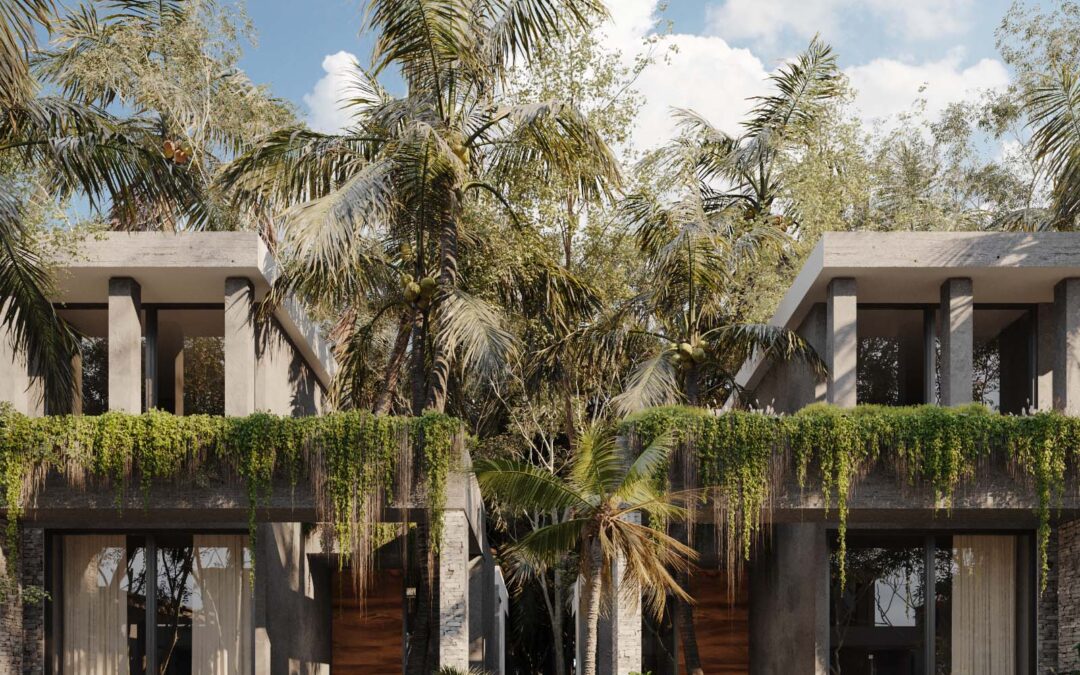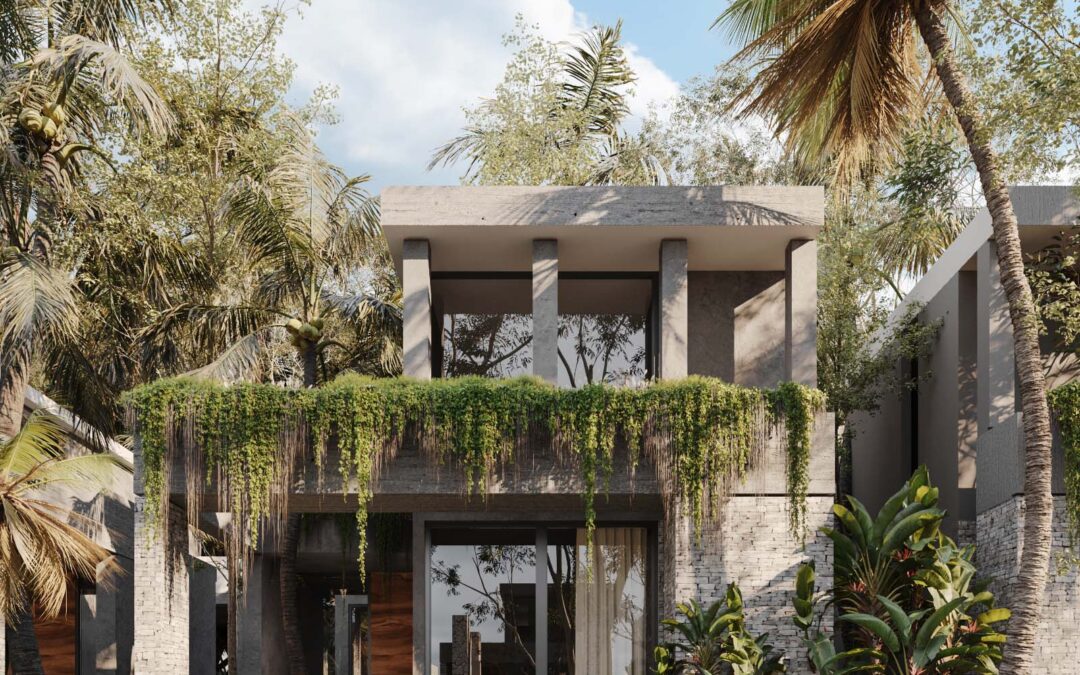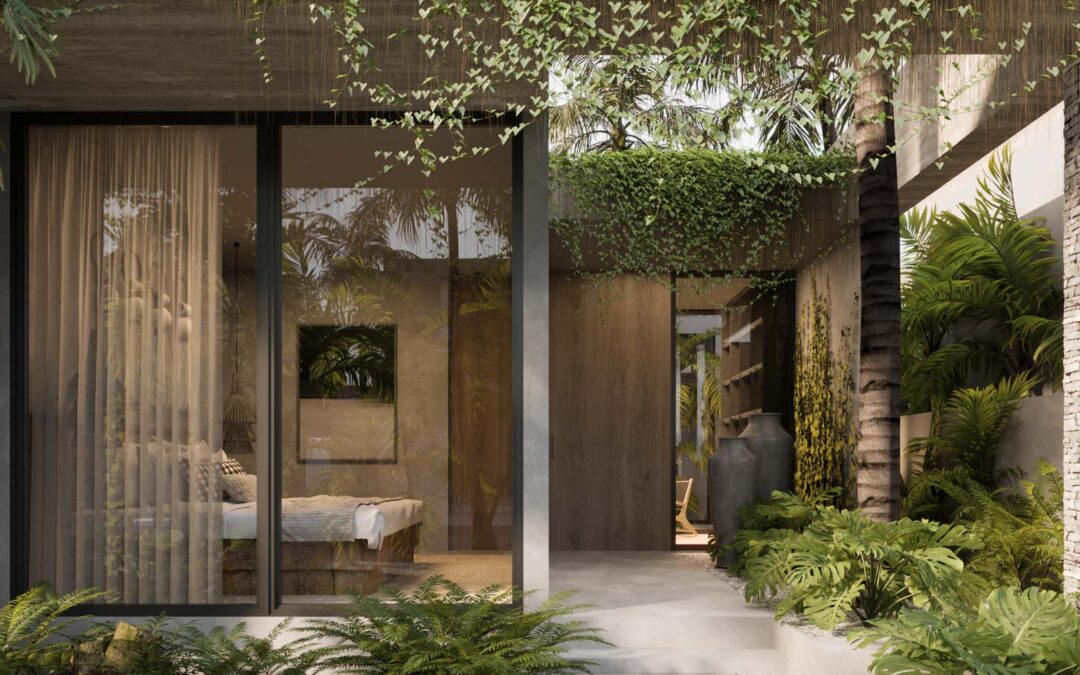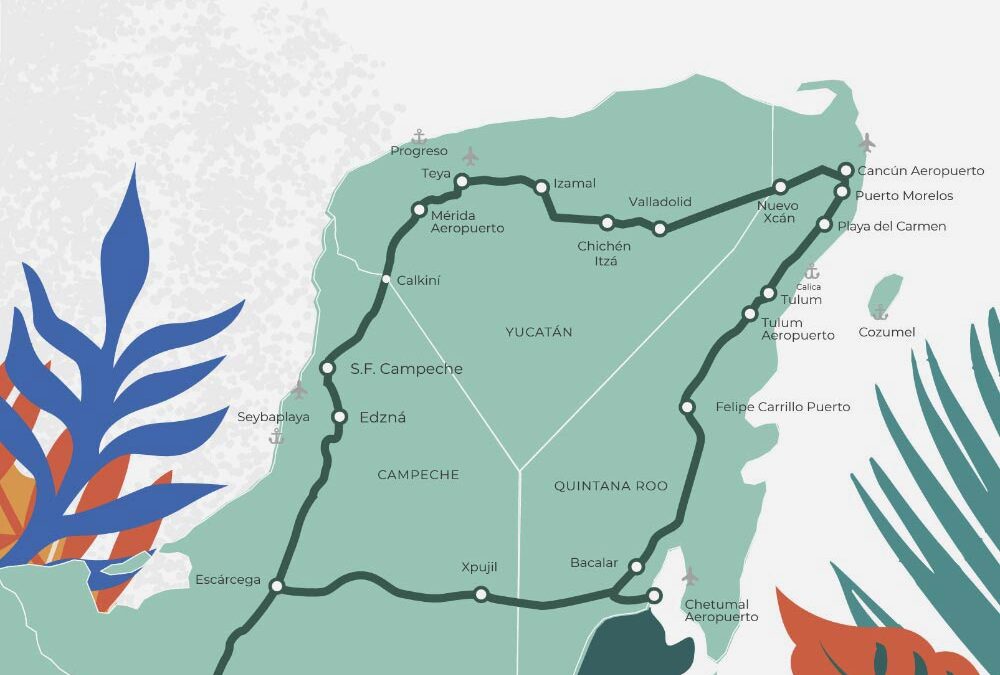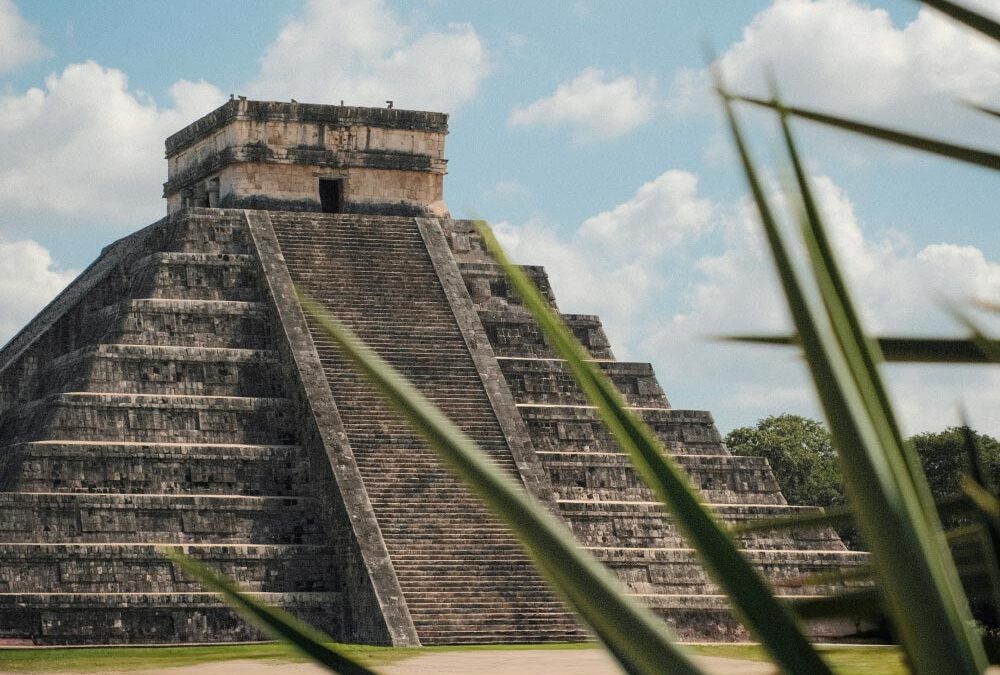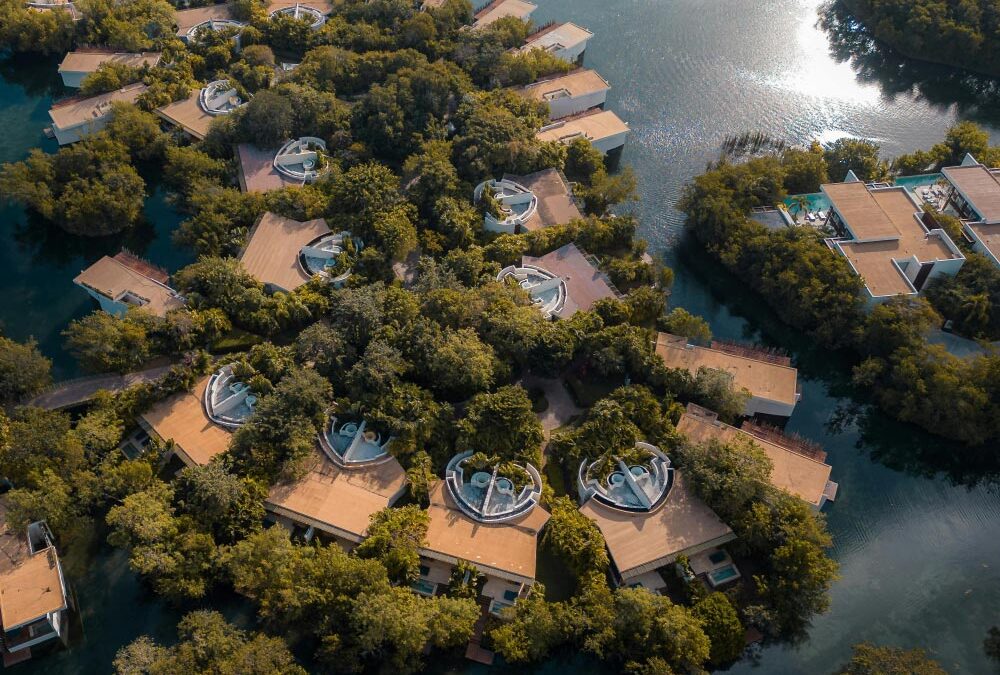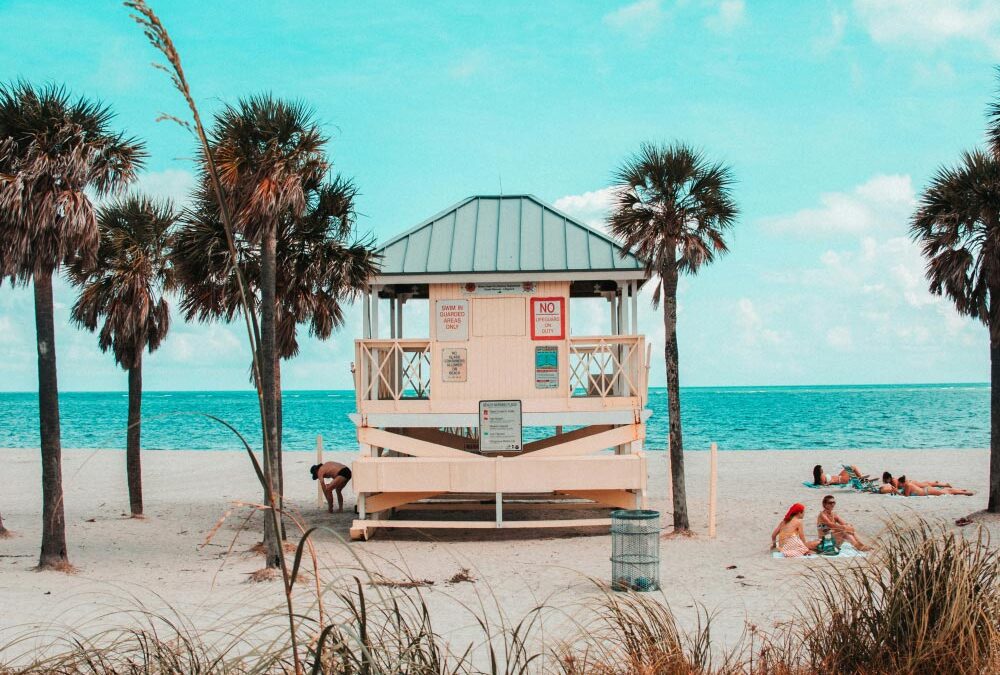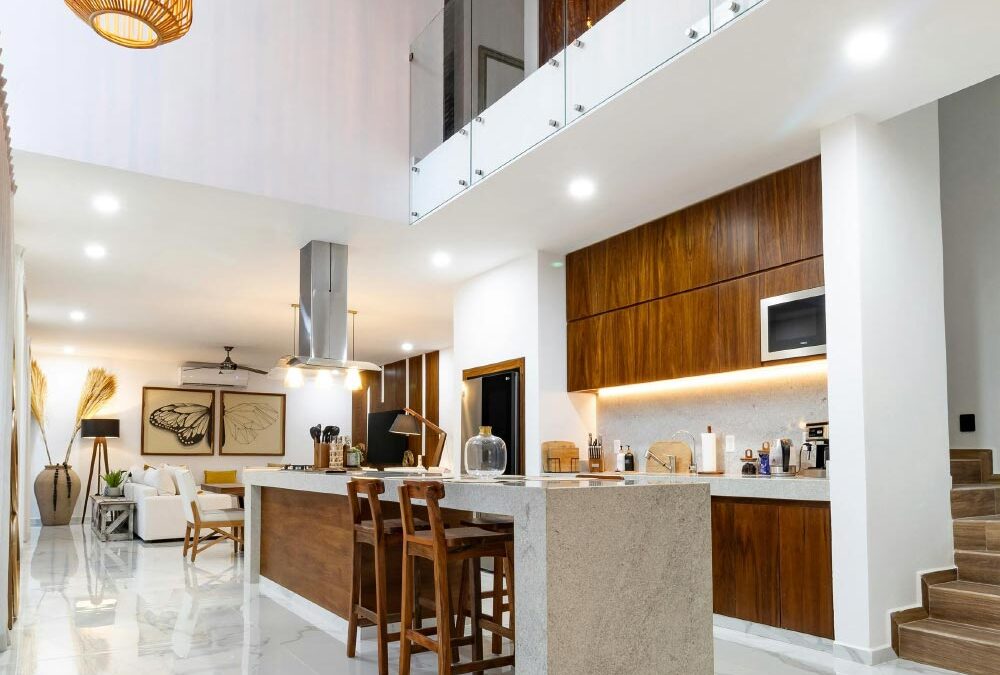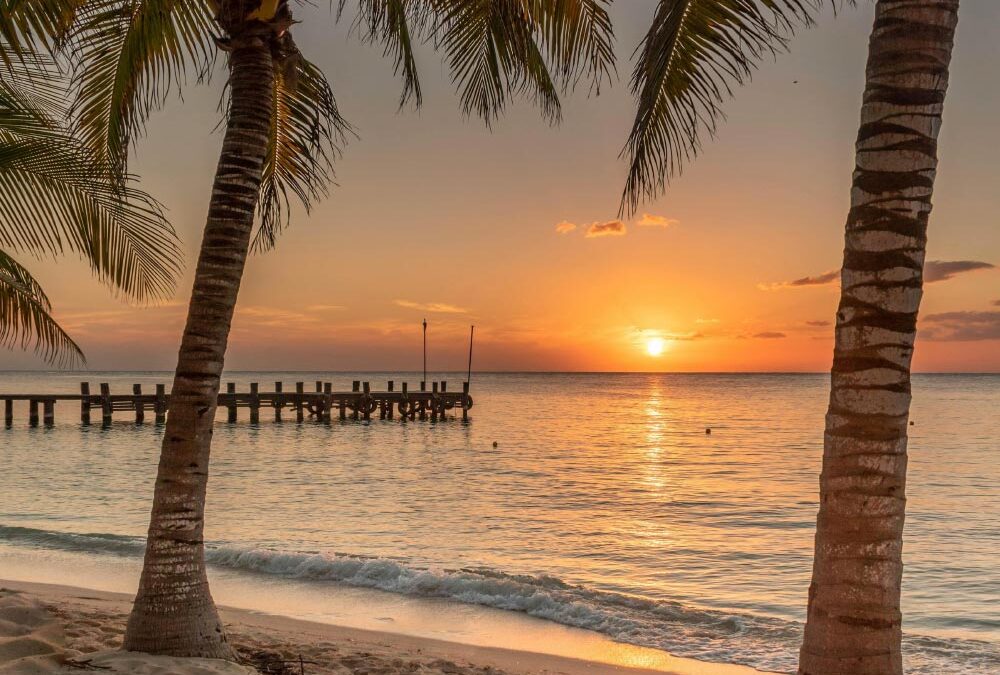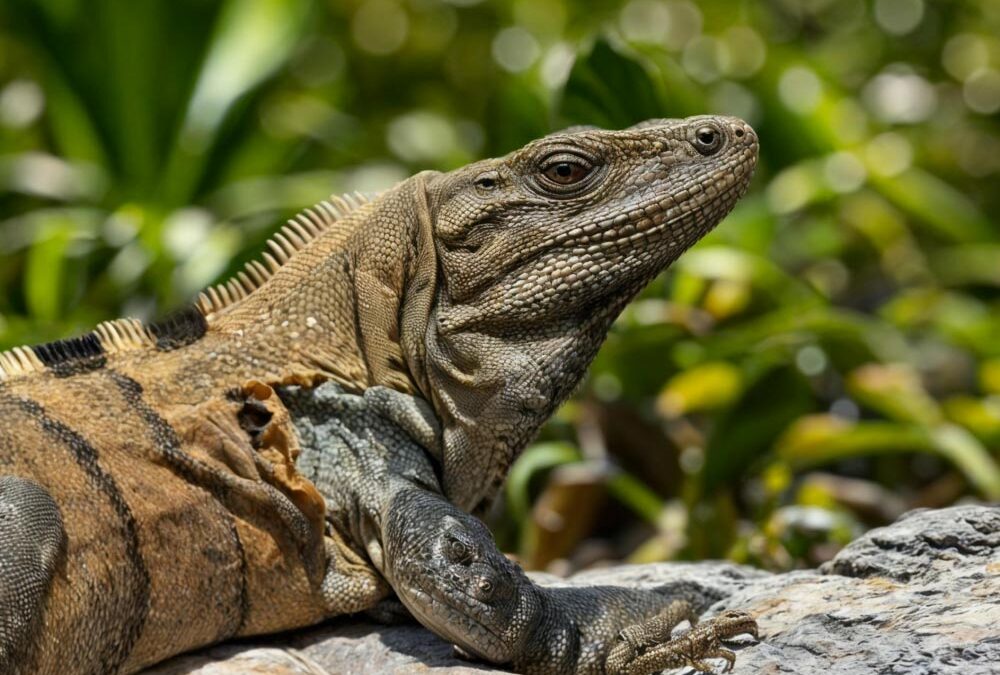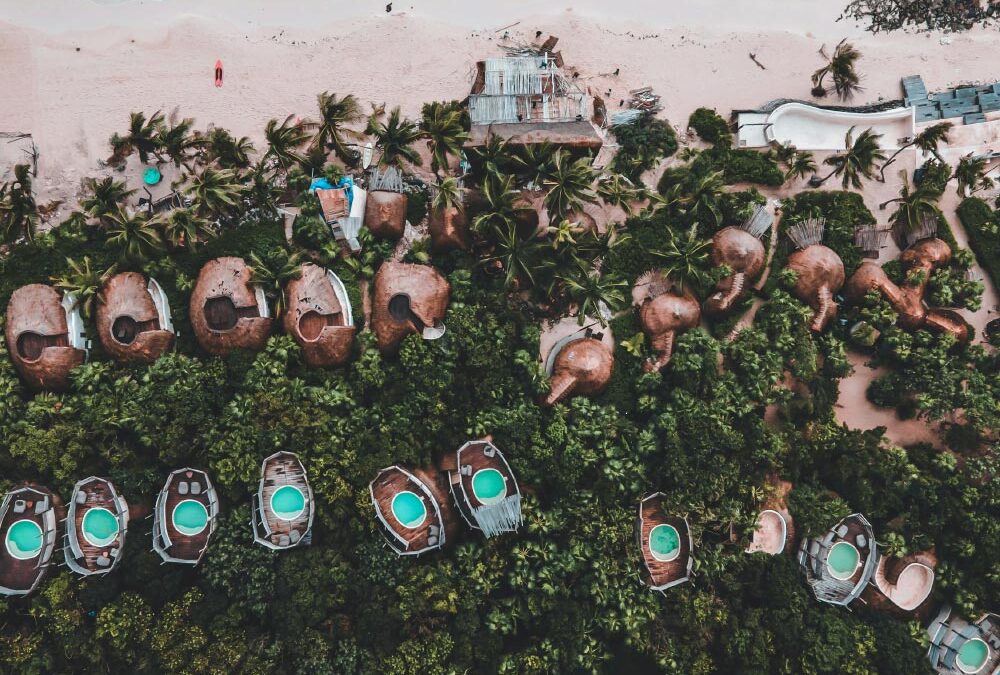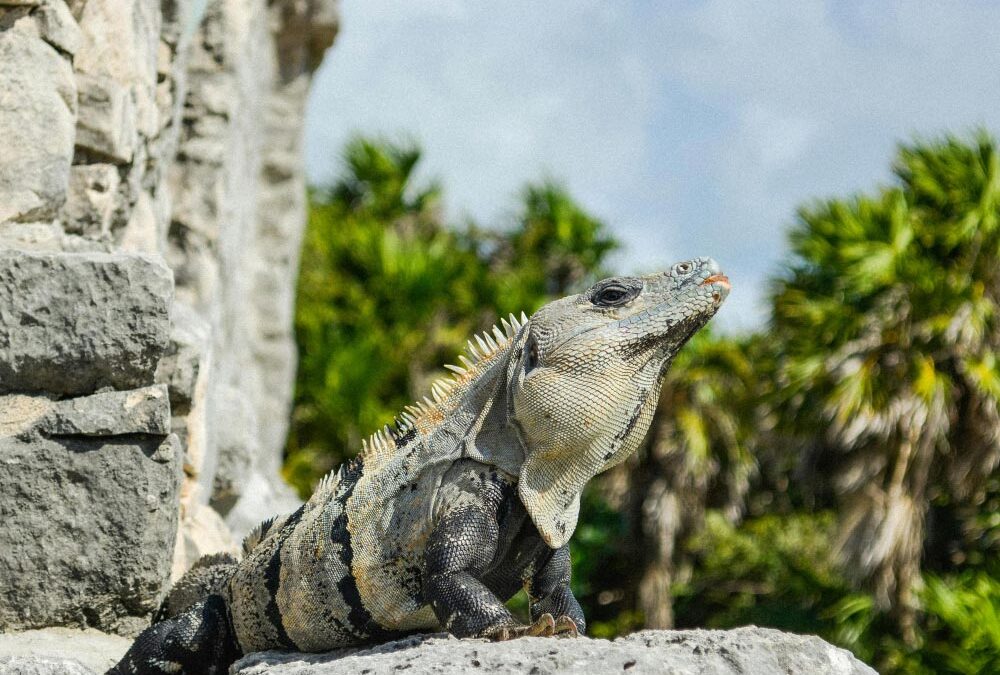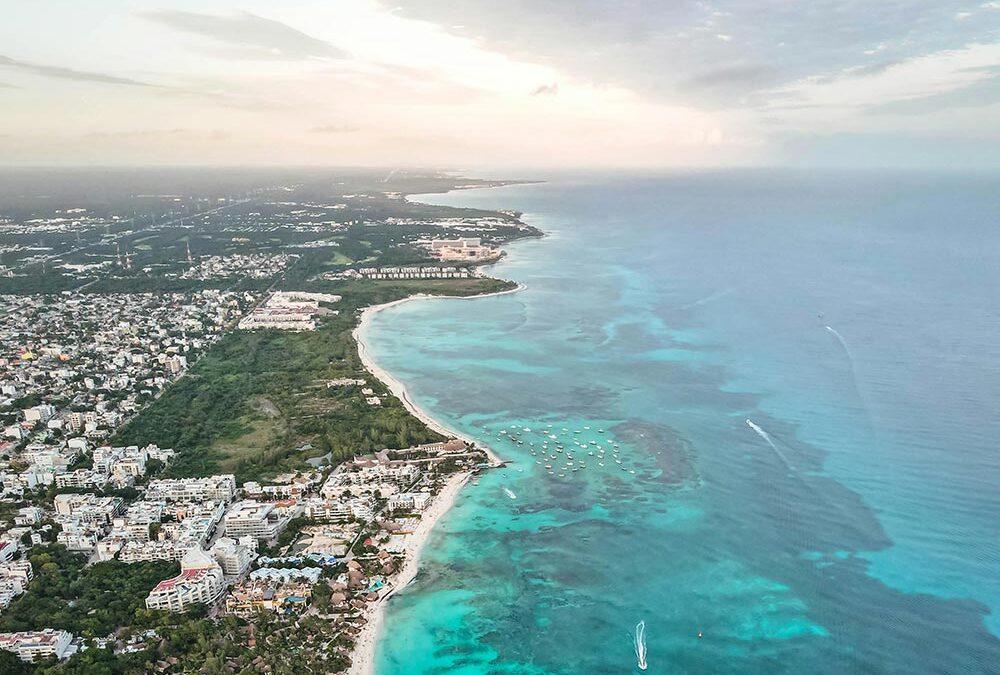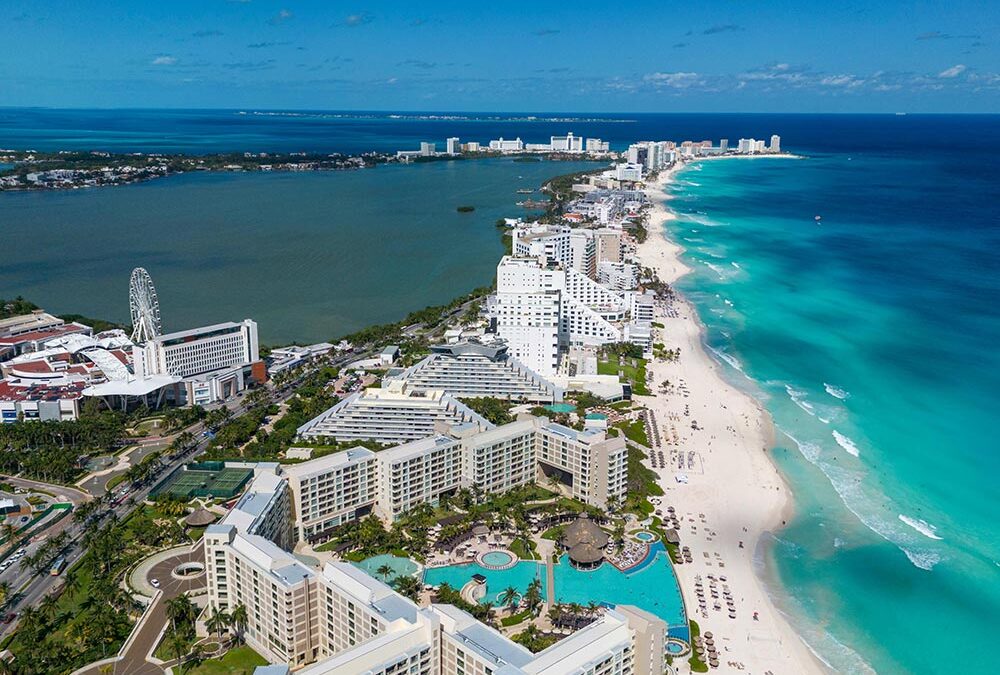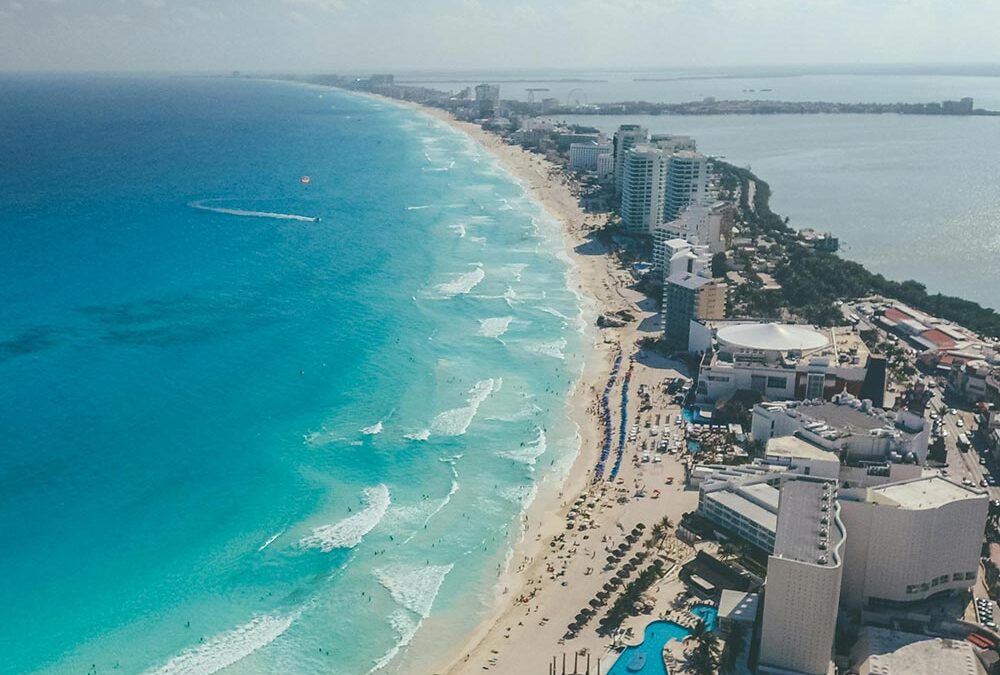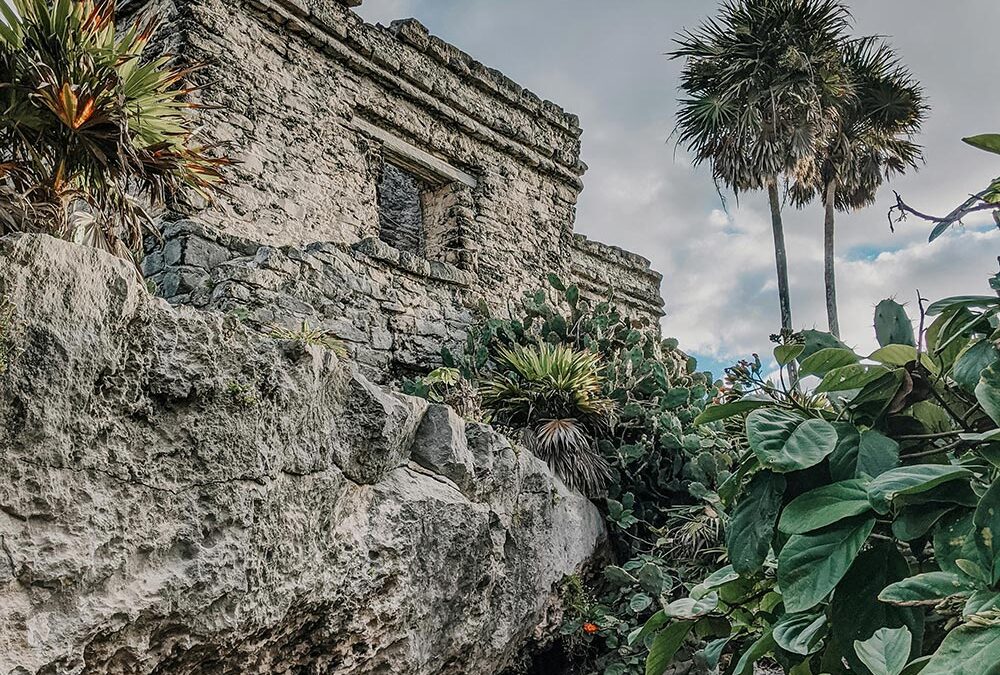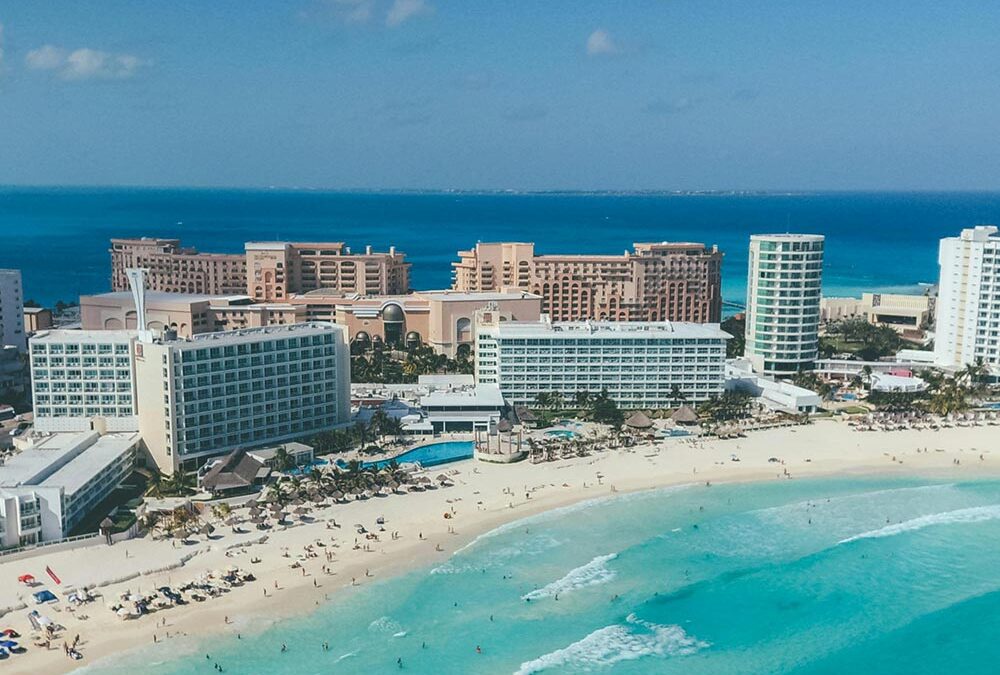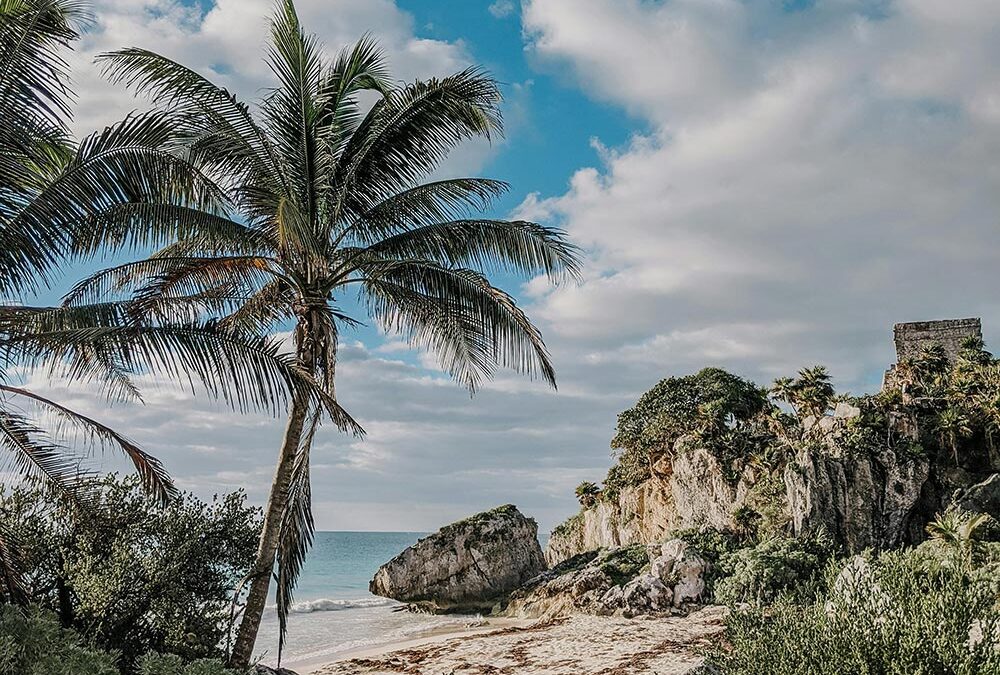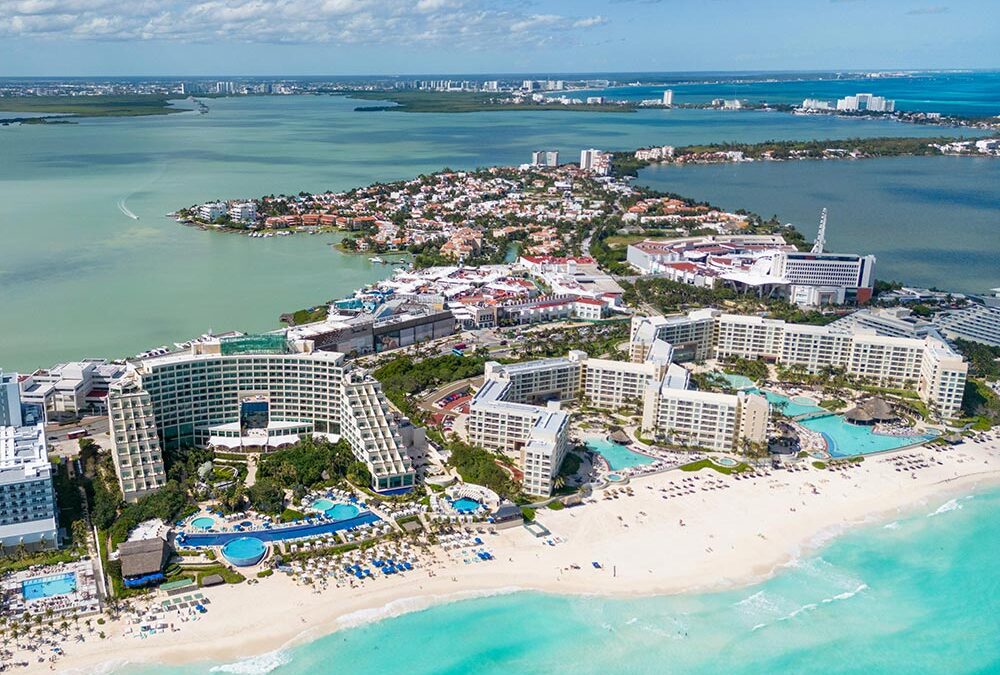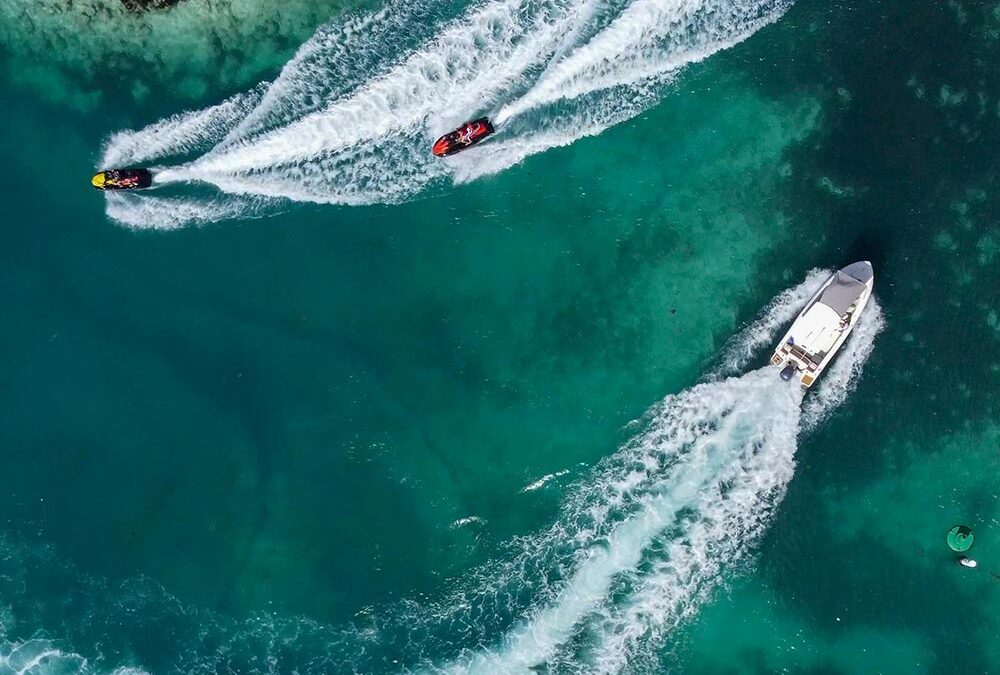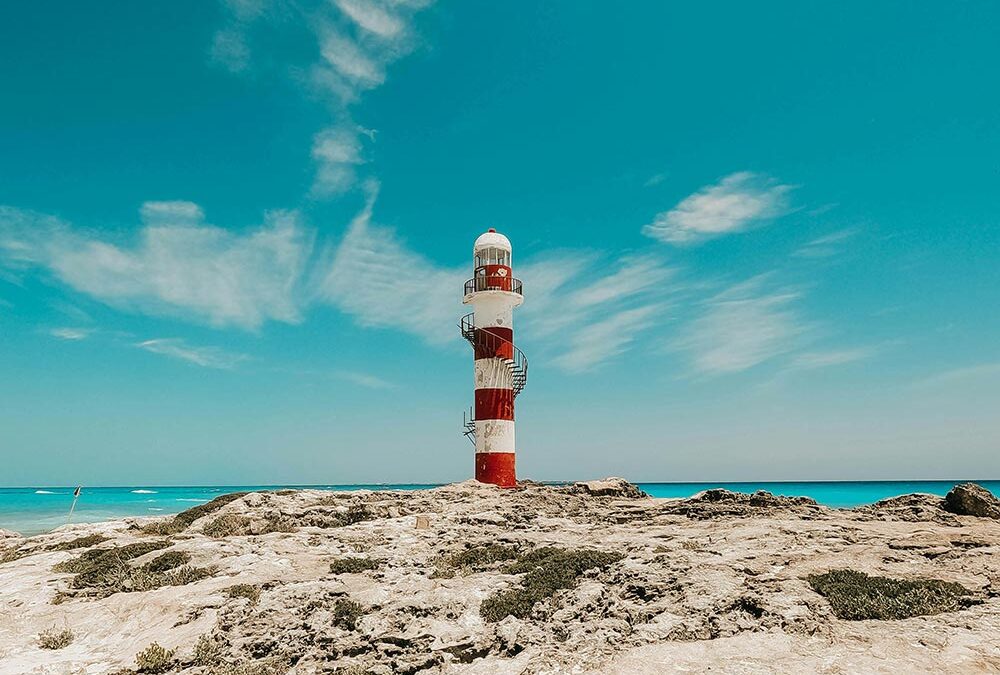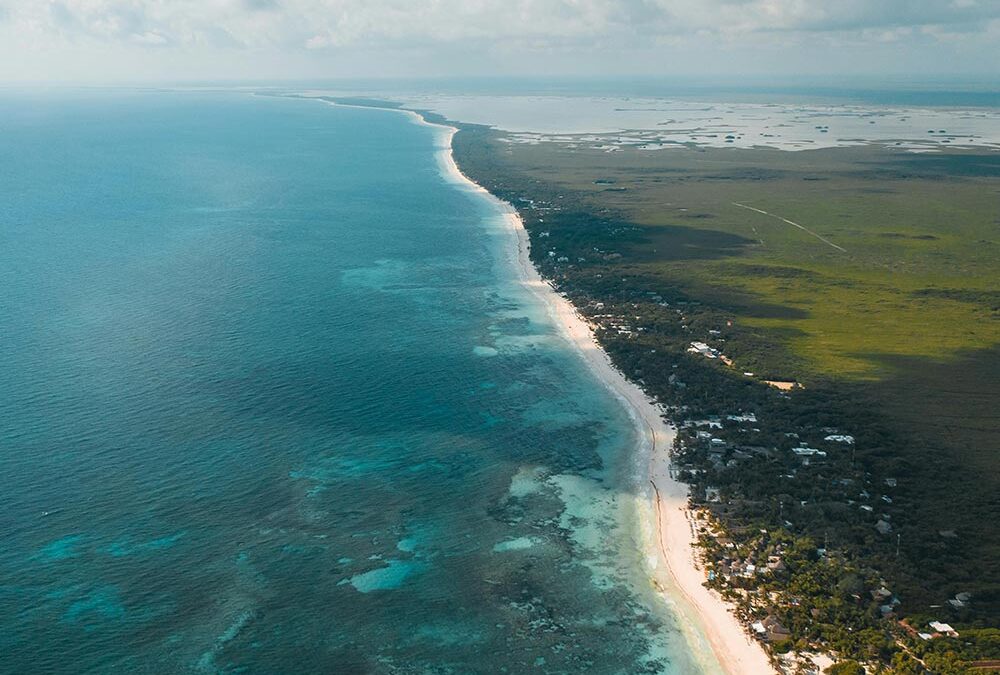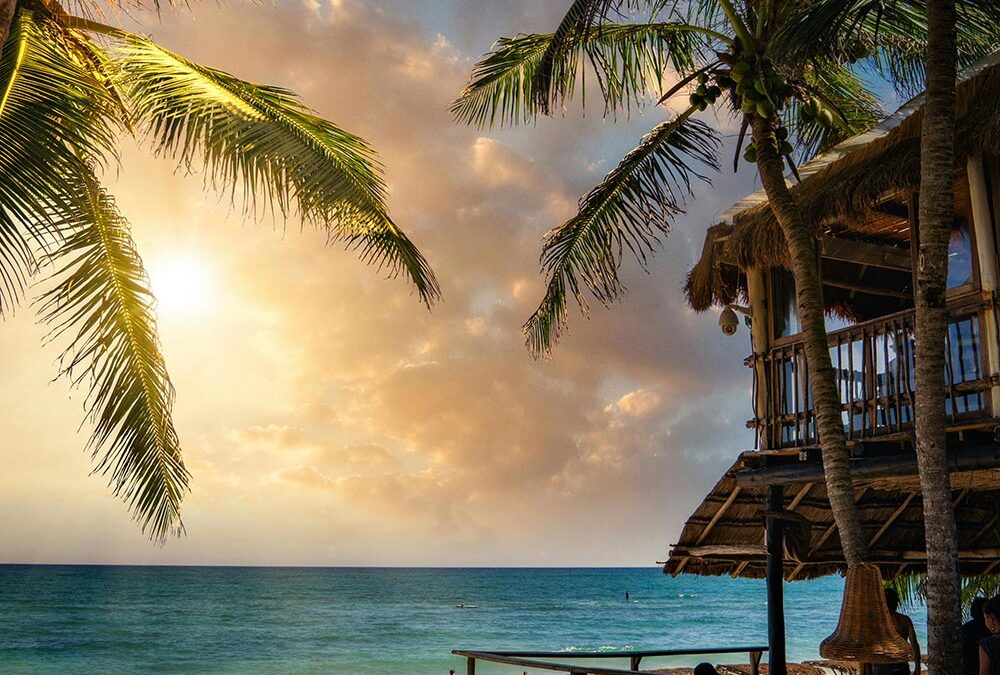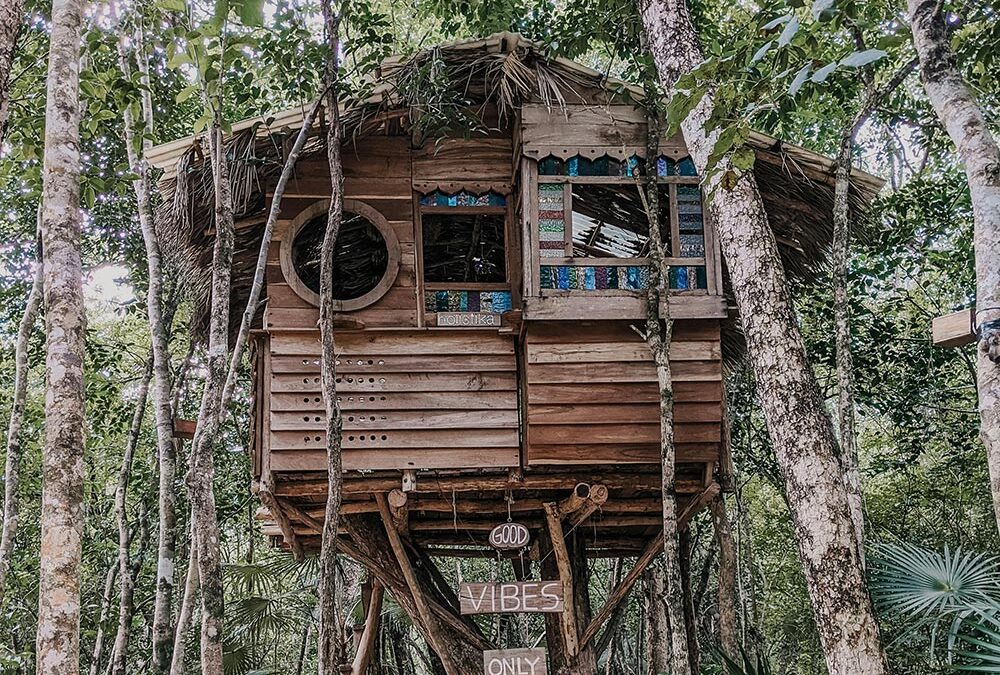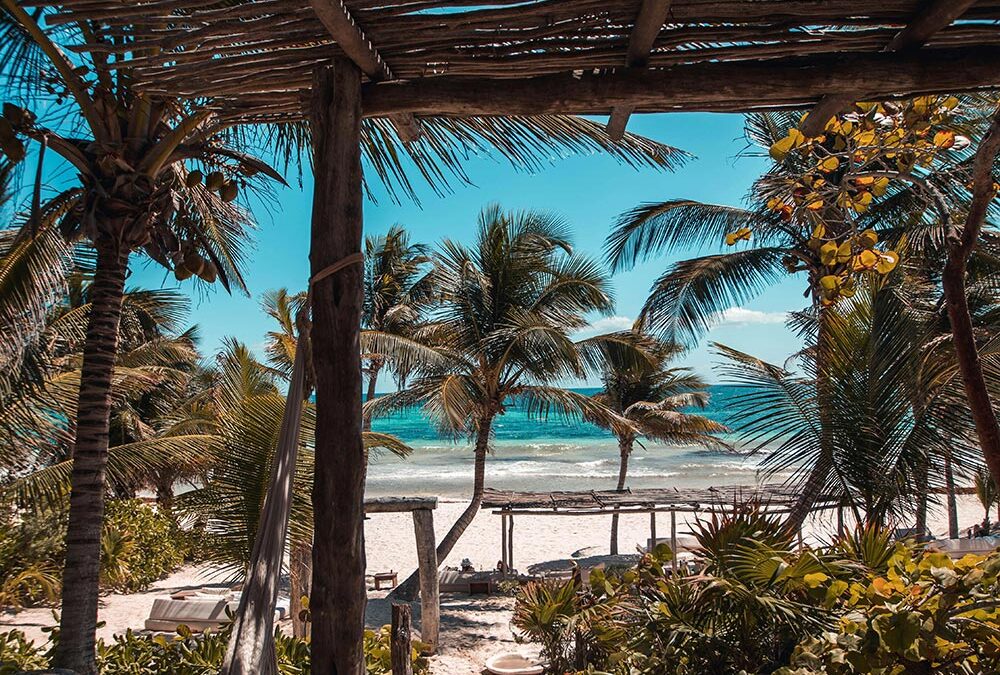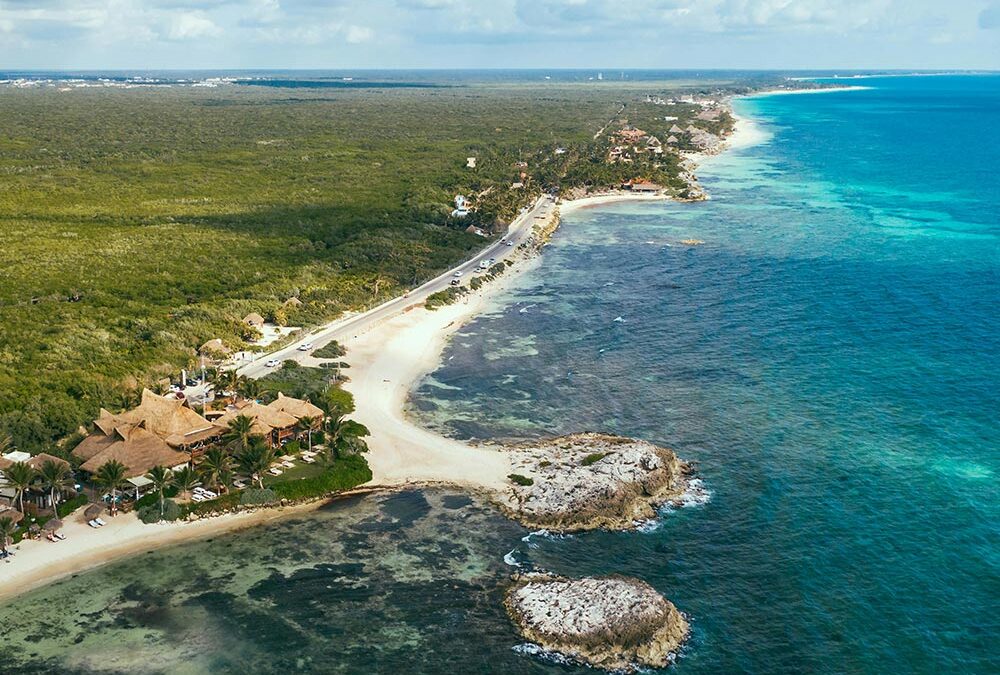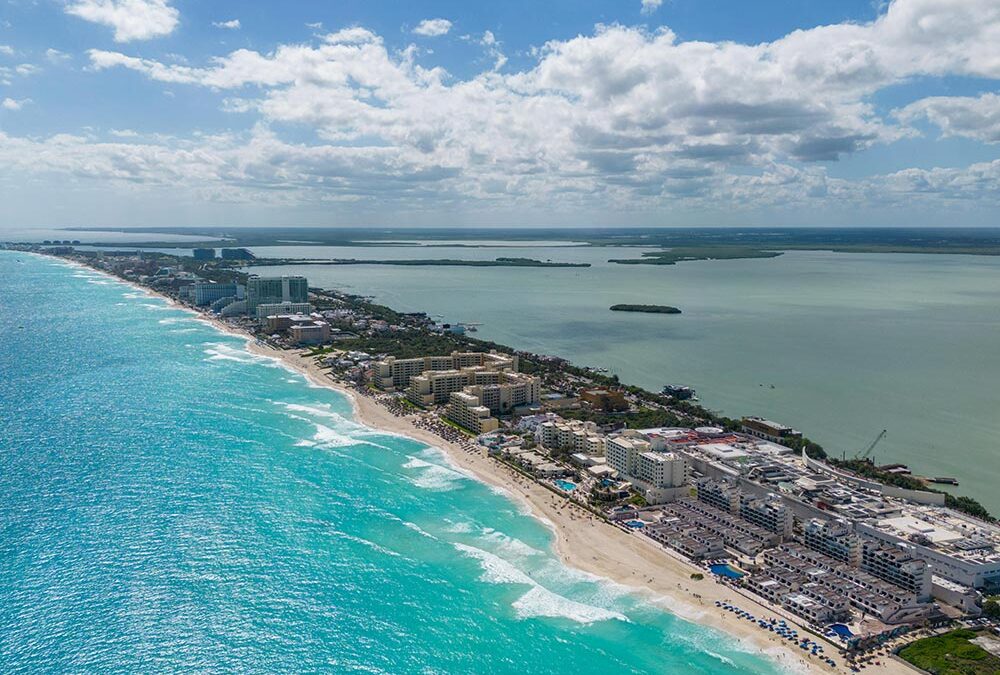The Riviera Maya, a stunning stretch along Mexico’s Caribbean coast, has become a hotspot for real estate investors. Known for its white-sand beaches, turquoise waters, and growing tourism industry, the region offers lucrative opportunities for pre-construction investments. These projects are particularly attractive because they often come with lower prices compared to fully developed properties, allowing investors to capitalize on appreciation as the area develops further.
Despite the potential rewards, investing in pre-construction properties is not without risks. Delays, legal issues, and unforeseen market changes can significantly impact returns. Thus, asking the right questions before committing to a project is essential to making a well-informed decision. This article will explore the **five critical questions** every investor should ask to maximize returns while minimizing risks in Riviera Maya’s dynamic real estate market.
Index of Content
- What Is the Developer’s Reputation?
- What Is the Legal Status of the Property?
- What Are the Financial Projections?
- How Does the Project Fit My Investment Goals?
- What Are the Risks Involved?
- Case Study: Successful Pre-Construction Investment
- Conclusion
- FAQs
What Is the Developer’s Reputation?
The reputation and reliability of the developer are critical factors to consider when investing in a pre-construction property. A trustworthy developer with a proven track record is more likely to deliver a high-quality project on time. Conversely, working with an inexperienced or unreliable developer increases the risk of delays, financial mismanagement, or incomplete projects. In Riviera Maya, a booming real estate market has attracted a mix of reputable and opportunistic developers, making due diligence essential.
Research the developer’s portfolio to evaluate the quality of their previous projects. Look for completed properties in similar locations and assess their reception in the market. Are buyers satisfied with the end product? Did the project meet the promised timelines and specifications? Engage with previous buyers or tenants to gain firsthand insights. Additionally, investigate whether the developer has faced any legal disputes or financial difficulties, as these could be red flags indicating potential issues with the current project.
- Verify the developer’s portfolio and history of completed projects.
- Check for customer reviews or testimonials from previous investors.
- Consult local real estate experts to gauge the developer’s reputation in the area.
Establishing the developer’s reliability reduces uncertainty and gives you confidence in your investment.
What Is the Legal Status of the Property?
Legal challenges can derail even the most promising investment opportunities, so ensuring the property’s legal status is a top priority. Riviera Maya’s real estate market is governed by Mexican property laws, which may differ significantly from those in other countries. For example, foreigners purchasing properties near coastal areas must do so through a **fideicomiso** (trust), a process that may require additional legal documentation.
Start by confirming that the property has clear title deeds. A clear title ensures that there are no existing liens or disputes over ownership. Additionally, verify that the developer has secured all necessary permits, including zoning, environmental, and construction approvals. A project lacking proper permits could face delays or legal actions, putting your investment at risk.
- Request a copy of the property’s title deed and have it reviewed by a legal expert.
- Ensure the developer has obtained zoning and environmental clearances.
- Consult a local attorney experienced in Mexican real estate laws to assist with the fideicomiso process.
By addressing these legal concerns early, you safeguard your investment and ensure compliance with Mexican property laws.
What Are the Financial Projections?
A thorough analysis of financial projections is essential to evaluate the viability of a pre-construction investment. These projections should include anticipated appreciation, rental income potential, and an estimate of operating costs. Riviera Maya’s thriving tourism industry is a significant driver of property demand, making rental income a compelling factor for many investors.
Request detailed financial documents from the developer, such as market studies and revenue forecasts. Compare these projections with similar properties in the area to gauge their accuracy. For example, if you are investing in a condominium in Playa del Carmen, investigate rental rates, occupancy trends, and demand patterns. Additionally, consider broader economic factors, such as currency exchange rates and inflation, which may impact your returns.
- Request market analyses from the developer to understand revenue potential.
- Research similar properties to compare actual versus projected returns.
- Factor in additional costs such as property management, maintenance, and taxes.
Arming yourself with this information enables you to make realistic financial plans and avoid overestimating returns.
How Does the Project Fit My Investment Goals?
Before committing to any investment, it’s essential to determine whether the project aligns with your personal financial objectives. Are you looking for steady rental income, long-term appreciation, or a vacation property that doubles as an investment? Each of these goals requires a different approach and may influence the type of property or location you choose.
For example, properties in tourist-heavy areas like Tulum or Playa del Carmen may offer higher rental yields but come with more competition. On the other hand, projects in emerging areas might provide greater appreciation potential but carry higher risk. Analyze the property’s features, such as proximity to beaches, amenities, and marketability to renters or buyers, to see if it fits your intended purpose.
- Define whether you prioritize short-term rental yields or long-term appreciation.
- Evaluate whether the property’s features match your target market’s needs.
- Ensure the project’s timeline fits within your investment horizon.
By aligning the project with your goals, you ensure your investment meets your expectations and financial plans.
What Are the Risks Involved?
Every investment carries inherent risks, and pre-construction properties are no exception. These risks can include project delays, cost overruns, market volatility, and unforeseen legal complications. Riviera Maya, with its rapid growth, also faces risks such as market saturation in certain areas, which could impact rental demand or resale value.
Mitigate these risks by thoroughly vetting the developer, project, and market conditions. Understand potential scenarios that could impact your investment, such as a downturn in the tourism industry or currency exchange fluctuations if you are an international investor. Additionally, review the terms of your purchase agreement to ensure you understand your rights in the event of delays or changes in the project.
- Identify potential risks like project delays or cost overruns.
- Assess market saturation and demand trends in the area.
- Consult with a legal expert to review your purchase agreement.
Proactively addressing these risks reduces uncertainty and strengthens your investment strategy.
Case Study: Successful Pre-Construction Investment
A Canadian investor purchased a pre-construction eco-luxury condominium in Tulum. The project boasted sustainability-focused design, proximity to major attractions, and promising financial returns. Here’s how they approached their investment:
- Due Diligence: The investor carefully vetted the developer’s history, ensuring they had delivered similar projects on time and within budget.
- Financial Planning: By analyzing rental income from comparable properties, they forecasted a 12% annual yield, supported by Tulum’s strong tourism growth.
- Exit Strategy: The investor planned to sell the property five years after completion, targeting a 40% appreciation in value.
Upon completion, the property achieved a 15% rental yield in its first year. Five years later, the investor sold the condominium for a 50% gain, significantly exceeding initial projections.
Conclusion
Riviera Maya’s pre-construction real estate market offers immense potential for investors willing to do their homework. By asking critical questions about the developer’s reputation, legal status, financial projections, alignment with goals, and potential risks, you can make informed decisions that yield strong returns. Remember, success lies in preparation and strategic planning.
Whether you’re an experienced investor or a newcomer, these five questions will serve as a foundation for navigating this vibrant and lucrative market.
FAQs
Why is Riviera Maya a good location for investment?
The region’s strong tourism industry, growing infrastructure, and natural beauty make it a desirable destination for vacationers and investors alike.
How can I verify a developer’s reputation?
Research completed projects, read reviews, and consult local real estate professionals for recommendations.
What legal considerations should I be aware of?
Foreigners must purchase through a fideicomiso in coastal zones and ensure the property has clear title deeds and permits.
What kind of ROI can I expect in Riviera Maya?
Typical returns include 20-40% appreciation over 5-7 years and rental yields between 8-12% annually, depending on the location and property type.
How can I mitigate risks in pre-construction investments?
Thorough due diligence, working with reputable developers, and hiring a legal advisor are key strategies to reduce risks.

